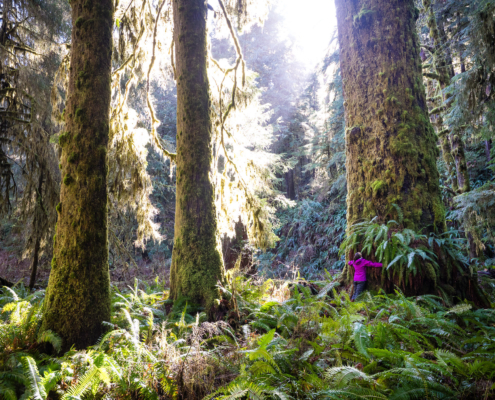
Happy International Day for Biological Diversity!
Diversity is a defining feature of old-growth forests, whose unparalleled structural complexity develops over centuries to provide habitats for thousands of species, many of which live nowhere else. Learn more about these incredible rainforest ecosystems and take action to protect them!

Bigleaf Maple Flowers
In the coastal rainforests, you know it's officially spring when the bigleaf maples start to flower with their subtle yellow-green colouring! Learn more about these lovely flowers here.

Thank You for Celebrating 15 Years with Us ?
Thank you to everyone who attended and/or supported the AFA's 15th Anniversary Celebration & Fundraiser on May 1st at the beautiful Gorge Pavilion! Thanks to your generosity, we raised over $13,000 to support our efforts to protect endangered old-growth forests in BC!
